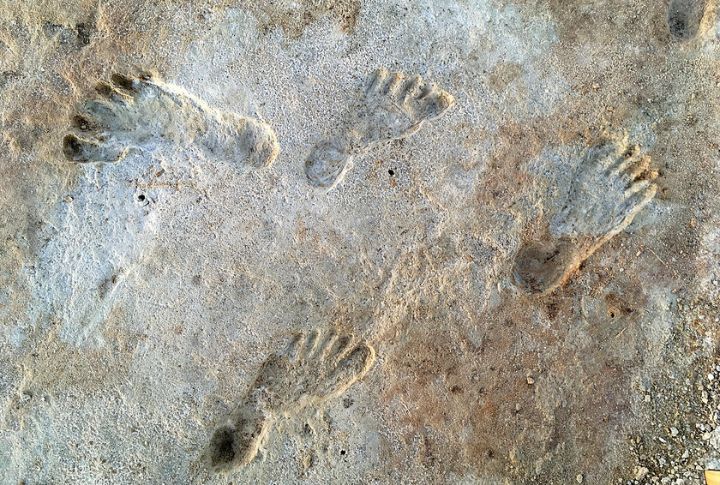
A quiet patch of desert in New Mexico holds something rare: footprints left by people who lived there over 20,000 years ago. Preserved in ancient mud, these tracks are now helping scientists piece together the lives of early Americans. Here are 10 things we’ve learned so far.
Discovery Of The Footprints
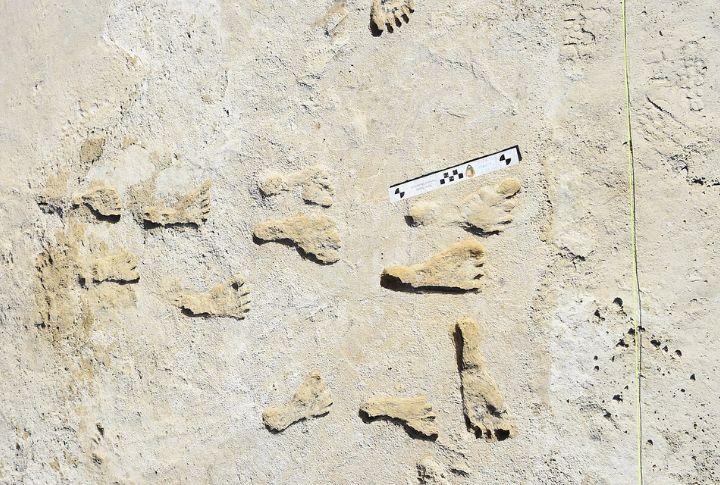
The prints first came to light in 2009 at White Sands National Park, but it took time to understand what they were. At first, they appeared to be animal tracks. However, later researchers noticed human-like features, which set off a wave of new investigation into their possible significance.
Dating The Tracks
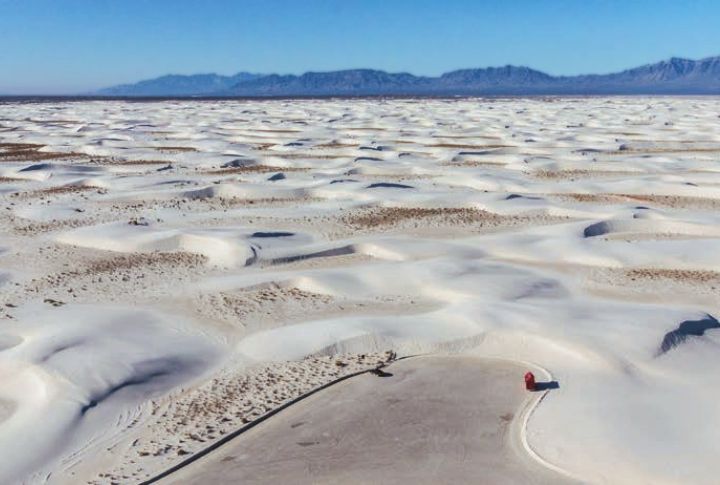
Seeds trapped in layers above and below the prints were radiocarbon-dated, placing the tracks at 21,000 to 23,000 years old. That timeline pushes human presence in North America far earlier than most estimates, and it raises new questions about how and when the first people arrived.
Challenging Previous Migration Timelines
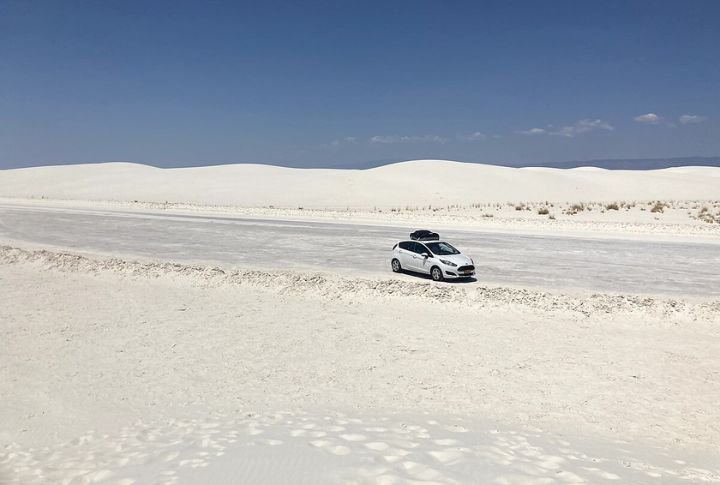
They walked this land before the ice had even begun to pull back. That detail alone upends what most researchers believed. Suddenly, the accepted migration timeline no longer holds. Could there have been earlier paths? The evidence hints at a much more complex journey into the Americas.
Evidence Of Daily Life
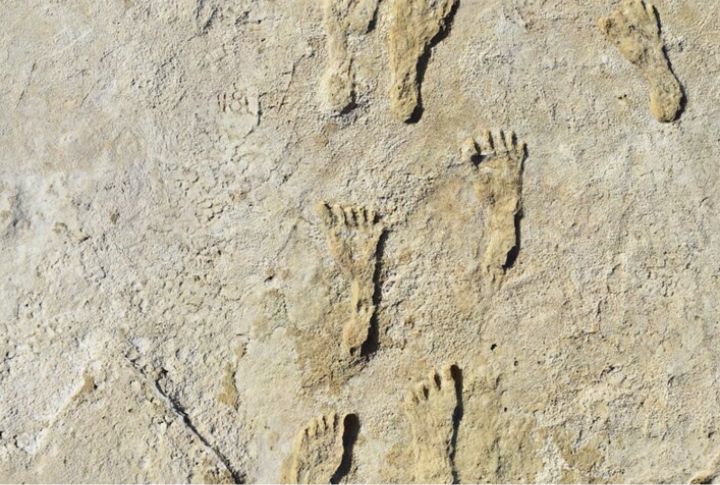
One path cuts across the flat ground, its direction uneven as it twists through open space. A smaller set of prints stops at one point and resumes a few steps later, while others shift at wide angles. These scattered trails reflect quick, moment-based choices rather than a single, shared route.
Location And Environment
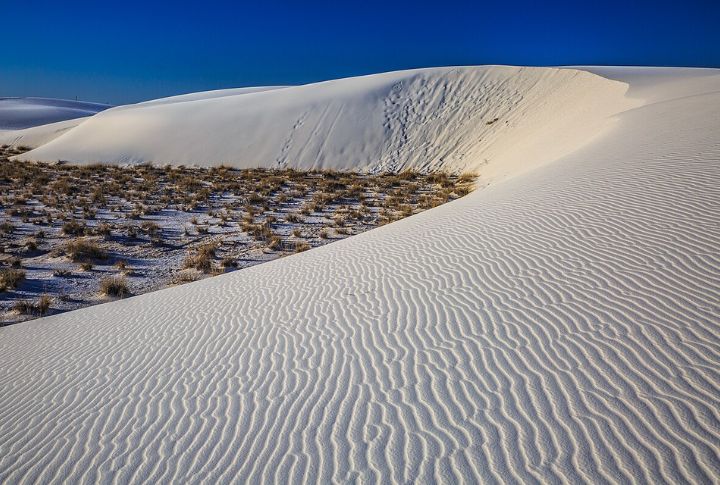
Lake Otero once stretched across a fertile plain, bordered by open grassland. The surrounding region likely supported plant and animal life now absent from the desert. At the time, conditions would have allowed human groups to settle or pass through, with greater access to food and water.
Social Dynamics And Group Behavior
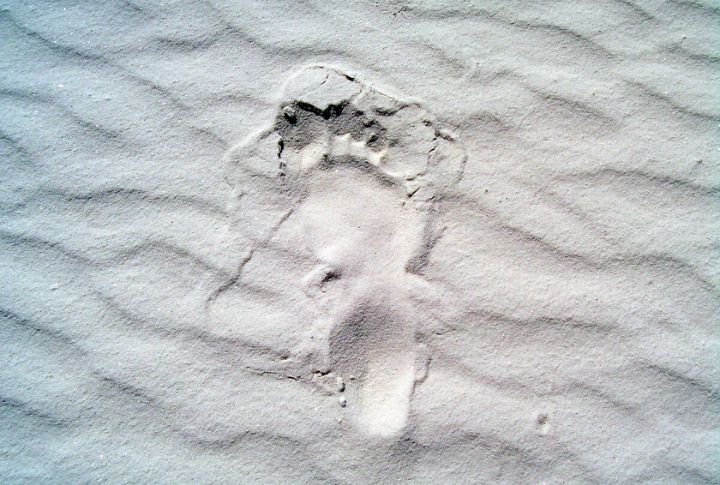
Some trackways show multiple individuals walking together, with strides matching in pace or direction. These suggest coordination, possibly family units or small groups moving with shared intent. The presence of both small and large tracks suggests a community comprising individuals of different ages traversing the soft terrain.
Hunting And Interaction With Megafauna
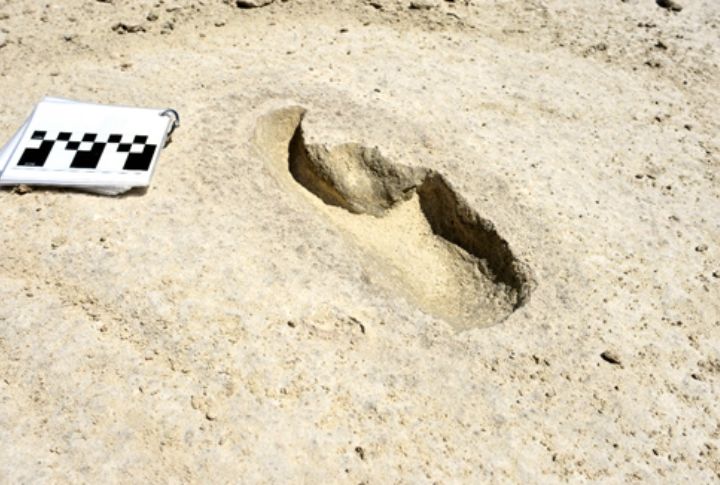
In one set of tracks found, human footprints follow a giant ground sloth across soft ground. The sloth suddenly turns, its steps growing uneven. At that point, the human prints move closer, and this suggests that this was not a chase, but a careful, possibly tense encounter.
Presence Of Extinct Animals
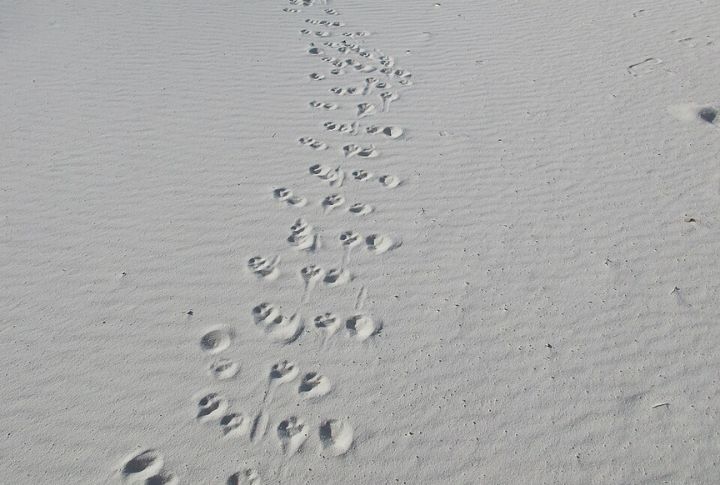
Alongside the human trails are impressions left by vanished species. A heavy, oval track points to a mammoth. Just beyond it, sharper claw marks hint at a stalking predator. This mix of footprints indicates a place where humans traversed territory shared with large and potentially dangerous animals.
Scientific Debate And Implications
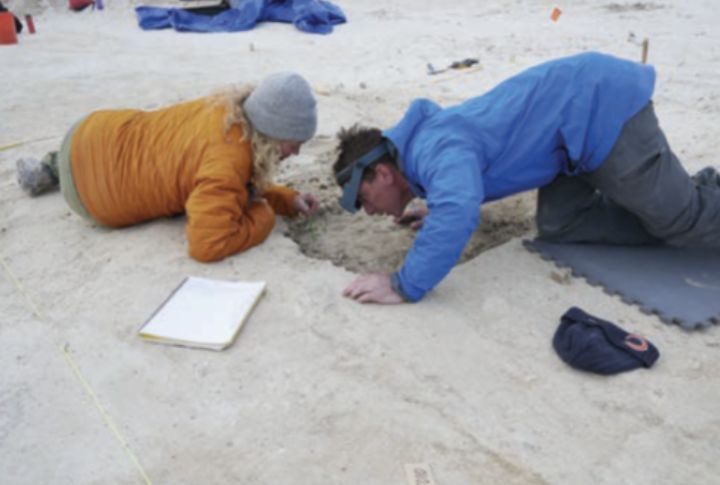
Some researchers have raised doubts about the radiocarbon dates, which necessitate further testing. Still, the evidence is strong. If the dating holds up, it could shift accepted timelines and change how archaeologists search for early human sites across the Americas.
A Window Into The Past
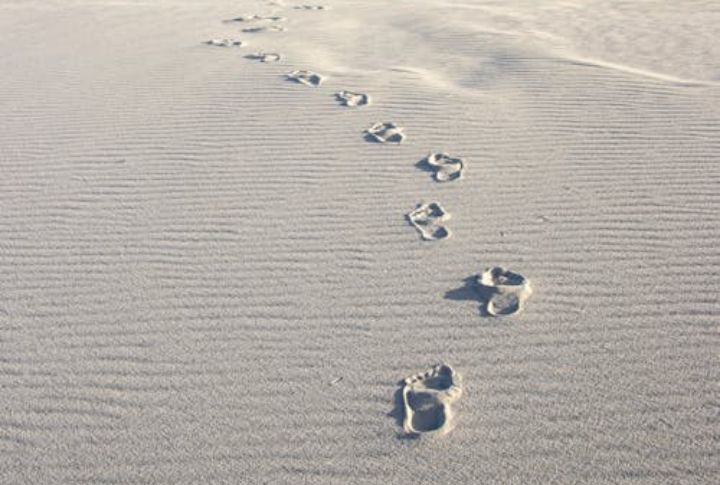
More than surface marks, these footprints offer insight into human behavior. Some sink heavily at the heel, others spread near the toes, revealing differences in movement. Their locations—near the lake, away from soft patches—reflect real-time decisions that help us trace how people once passed through this place.

